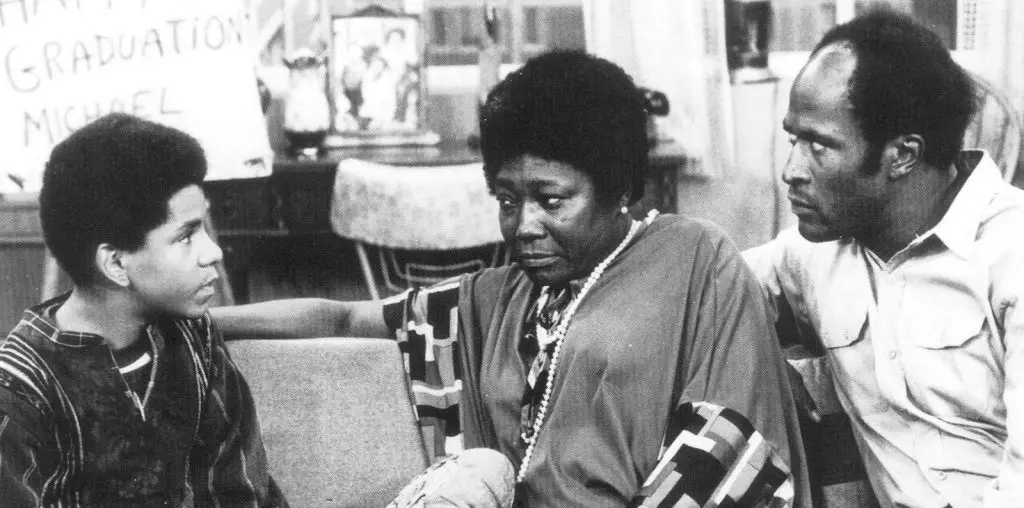
“The New World” documents the first encounter between European colonists and Native Americans during the founding of the Jamestown settlement in 1607. However, its primary purpose is to offer an interpretation of the relationship between the young native girl, Pocahontas (Q’Orianka Kilcher), English soldier-of-fortune John Smith (Colin Farrell) and Pocahontas’ eventual husband, John Rolfe (Christian Bale), all with the unmistakable Terrence Malick touch. More on that in a minute.
As the film opens, we see a North American continent untouched by the horrors and wickedness of “civilized” men. The settlers who arrive from England realize they’re going to need some help in getting started and hope to trade with the “savages,” but tensions soon mount due to the native population’s unfamiliarity with the concept of private ownership, among other things. With winter advancing, Smith is sent to treat with the natives’ king, Powhatan (August Schellenberg). Powhatan is counseled to kill Smith, but Pocahontas intervenes, leading to romance and Smith’s eventual acceptance by Powhatan’s tribe.
The first half of “The New World” is everything you could ever want from a Terrence Malick film, as he lets the country’s natural beauty advance the story. The scenery is lush, the performances understated, and a deep sense of melancholy pervades the whole production. Smith is a professional soldier, after all, and he knows too well the fate that awaits these people. The loss of innocence centers on Pocahontas (and Kilcher is outstanding in her feature debut), but applies to everyone about to feel the gentle embrace of Manifest Destiny.
Malick never met a soulfully redundant, dialogue-free scene he didn’t like, unfortunately, and right around the 75-minute mark is when we return to the land of repetitive voice-overs and the film’s pace is brought to a screeching halt. Things pick up slightly when Rolfe takes Pocahontas back to England (allowing for an awkward reunion with Smith, who had left Jamestown years earlier), and while it’s nowhere near the ordeal “The Thin Red Line” was, it’s still a bit much. It’s funny…Malick’s films are often compared to poetry, which ignores the fact that most poetry is also pretentious and uncomfortable to sit through. One is forced to wonder if he spent the 20 years between “Days of Heaven” and “The Thin Red Line” holed up in a locked room selectively reading and re-reading his rave reviews for the former until he became convinced that audiences actually wanted moody landscape photography instead of plot.
The man’s talent is unmistakable: you’re unlikely to see a more lyrically filmed movie this year, or next, for that matter. And while it’s a big improvement on his previous effort, Malick seems like he’s still finding his bearings after that 20-year sabbatical.
One last thing, “The New World” makes it painfully obvious who’s to blame for the extinction of the Native American population: Pocahontas herself. First, she convinces Powhatan to spare Smith’s life, allowing him to return to Jamestown and set the colony right. Then, she brings supplies to the starving settlers, who likely would’ve died that first winter without intervention. Finally, she converts to Christianity and parades in front of English royalty, convincing those most capable of funding further expeditions that forcing the savages to accept Christ was a worthwhile effort. That’s what kindness and charity get you, I reckon.

